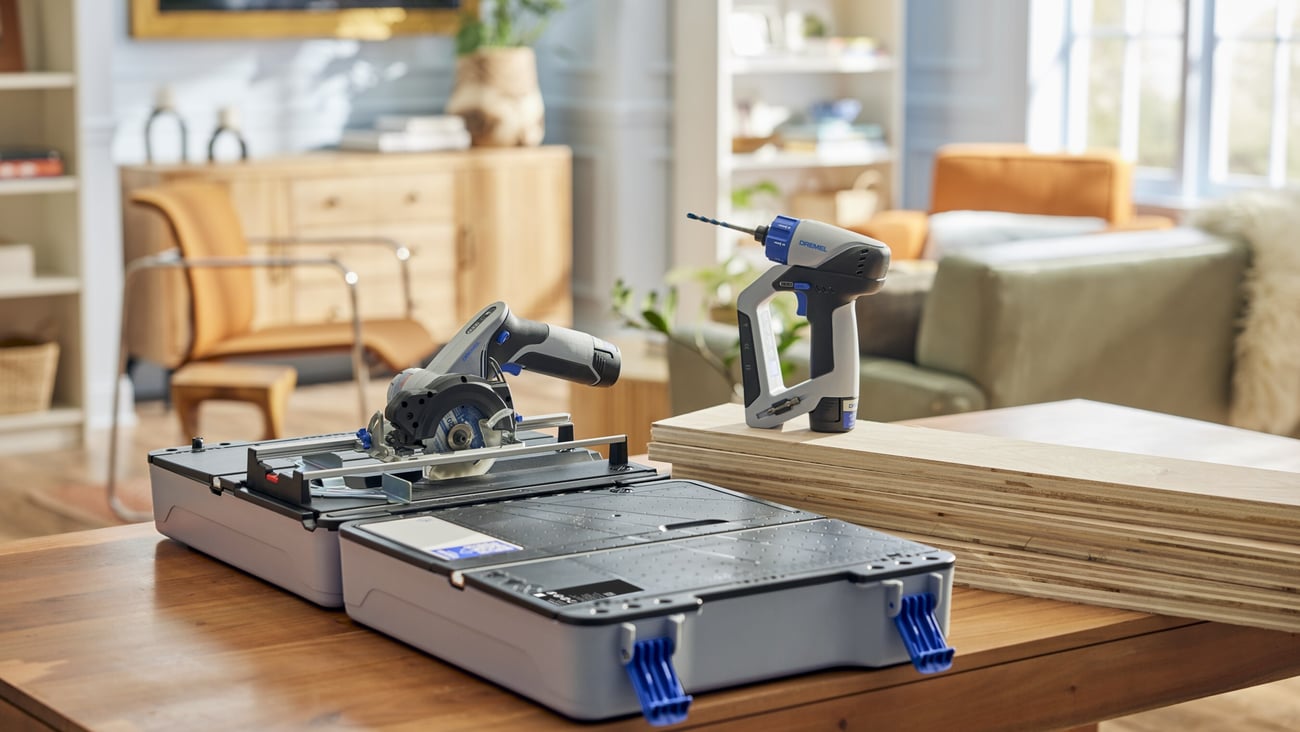Lights out for incandescent bulbs?
The phaseout of the standard, energy-inefficient incandescent light bulb has caused confusion, controversy and more than a few myths as the 2012 deadline approaches. Thomas Edison’s descendents have even been dragged into the controversy. Separating fact from fallacy is not all that difficult (as long as you steer away from politics). After interviewing manufacturers, retailers and trade organizations involved in the world of light bulb commerce, Home Channel News has put together a list of misconceptions about the upcoming phaseout.
1. Incandescent light bulbs are being banned.
Actually, only certain types of light bulbs are being banned — the energy-inefficient ones. Starting in 2012, when the standard 100-watt bulb is phased out, consumers will be able to buy incandescent light bulbs that look like the real thing. But these will be halogen incandescent bulbs, and they’ll be able to meet the efficiency standards of the 2007 Energy Independence and Security Act, which is responsible for the light bulb changeover. During 2012 to 2014, when the 75-, 60-, and 40-watt bulbs are phased out, halogen incandescent replacements will be available. In fact, they’re on the store shelves right now.
2. Everyone will be forced to buy those squiggly CFL bulbs.
Consumers can avoid CFL bulbs altogether if they want. In addition to the halogen incandescent, there are all sorts of LEDs, including ones with screw-in bottoms that look like “standard” bulbs (more on those later). They can even buy the old, energy-inefficient bulbs if they’re willing to pay for a three-way bulb, super bright bulb (more than 150 watts), fluorescent tube, plant light, appliance bulb or colored bulb — all classified as specialty bulbs and therefore exempt from the 2007 mandate.
3. CFLs are lousy bulbs that don’t work well.
Some of the early CFL bulbs were very disappointing to consumers and gave the whole category a bad reputation. But better technology has improved performance, according to Joseph Higbee, director of communications and marketing for the National Electrical Manufacturers Association (NEMA). “There are instant-on CFLs and ones that have the ability to give out different light. They’re also dimmable,” he said. CFLs now come in two varieties, squiggly (or “twists”) and rounded (also called “A lines”), and they save 75% more energy than traditional incandescent.
4. Citizens are in an uproar over the light bulb phaseout.
According to HCN interviews with various retailers, the 2012 changeover is not on most customers’ radar. “People have made some comments, but the general population in this area doesn’t even consider it,” said store manager Sheila Ellis of Three Rivers Hardware, a Do it Best dealer near Bangor, Maine.
“There’s no buzz about it here,” said Bruce Phillips of Crowder Brothers Ace Hardware in central Florida. The four-unit chain, which caters to a number of senior citizens, already sells a lot of CFLs. And when they recently re-merchandized their lighting section, they pushed all the incandescents to the back. “The first thing you see is CFLs,” Phillips said. “We’ve joked about stockpiling incandescent, but there’s been a change in our thinking. We’re trying to get the customer to move to the CFLs.”
5. The light bulb mandates won’t happen for a while.
California, being California, decided to push the schedule up by one year, so the standard 100-watt incandescent bulbs are already gone. Next year, when the rest of the country begins phasing out the 100-watt, California will have moved on to the 75-watt. And so on.
Congressional opponents did try to overturn the mandate this year with HR 2417, otherwise known as the Better Use of Our Light Bulbs (BULB) Act, claiming that the phaseout represented government overreach. A diverse coalition that included the United Steelworkers and Thomas Edison’s descendents opposed the repeal and supported the new energy-efficient transition. The House GOP leadership ultimately failed to win a two-thirds majority vote on July 12.
Things are different in Texas, as the saying goes. Governor Rick Perry signed into law a measure that allows standard incandescent bulbs to be sold within the state as long as they’re made in Texas, thereby exempting them from federal authority. Michigan has introduced a similar bill into its legislature, and other states may follow. Court challenges are also expected.
6. Consumer choices will be reduced by the phaseout.
Based on the explosion of new options, a case can be made that the opposite is true. Manufacturers have been gearing up for this changeover for several years, and the choices for the typical consumer is almost mind-boggling. Higbee of the NEMA, which has published a brochure called “Lighting Options for Your Home,” explains the before and after world of residential lighting.
“[Before> you went out and picked one bulb for lots of different applications,” he said. “All of a sudden, you have certain [bulbs> for certain [applications>, and people need to learn about that.”
For starters, there’s some new nomenclature. Lighting is actually measured in lumens, but for those who want to stick with the old terminology, most manufacturers will also use “watt equivalent” on their packaging. (Wattage actually refers to power.) Expect to see consumers wandering the light bulb aisle, asking clerks for help and staring intently at different light bulb packages.
Filling the void
Lighting manufacturers say they’re ready to step into the breach with point-of-purchase materials, Web-based promotional campaigns and other consumer efforts. Most of the consumer-oriented lighting manufacturers already have incandescent light bulbs on the market that meet the new energy-efficient standards. Most also make CFLs, although the biggest focus is on LEDs, which cost more upfront but promise to last for more than 20 years. A number of smaller firms have also jumped into the market, and the major suppliers are launching their LED household bulbs through exclusive deals with national retailers.
Philips has several lines of incandescent and CFLs at different price points, but its showcase bulb is the AmbientLED, a 60-watt equivalent that just won a $10 million award in a Department of Energy contest. A very similar version is sold exclusively at Home Depot for $40. The AmbientLED has a yellow cap but turns on white, compliments of the phosphor technology. A company spokesperson told Home Channel News that a 75-watt equivalent is already available on HomeDepot.com and will be on store shelves this fall.
Sylvania has a 60-watt equivalent A-line LED bulb that looks most like the standard incandescent bulb and costs $40. It’s dimmable, and like its competitors, offers a bulb life of nearly 23 years. Sylvania is for sale at Lowe’s, which was the first home improvement retailer to offer General Electric’s 60-watt equivalent LED bulb, called GE Energy Smart. Like the Philip’s bulb, the tulip-shaped GE bulb gives multidirectional light.
“[Other LEDs> shoot too much light straight upwards, and that’s not giving what a person expects,” said Mary Beth Gotti, manager of GE’s Lighting Institute. GE also addressed another common consumer disappointment — this time with CFLs — by putting a halogen “capsule” along with the traditional twister inside a rounded bulb. The halogen comes on instantly while the CFL warms up, so consumers get the “instant-on” bulb they desire. To save energy, the halogen capsule turns off after six seconds.
This hybrid bulb — called “Bright from the Start” — sells for $5.99 to $9.99 at retail and offers eight times the life of incandescent bulbs (8,000 hours versus 1,000 hours). GE’s 75- and 100-watt replacement LEDs will expand GE’s current family of LED bulbs already offered: spot and flood lights, ceiling-fan bulbs, globes, candles and night lights.
Educating consumers will take some time, Gotti acknowledged, but the right packaging can help ease the transition and explain different applications. “The choices should be exciting, not intimidating,” Gotti said.




